Here’s How to Modify 7 Common Seated Yoga Poses With Props (Photo Tutorial)

People tend to either love or hate seated yoga poses. Usually, there isn’t any in between. Practitioners either seem to revel in Bound Angle Pose or treat it as the bane of their existence. But it doesn’t have to be that way!
No two bodies are made the same. This is what makes us all so unique and individual and special. But it also makes it challenging to practice activities like yoga in the same way. To put it simply: we just can’t.
Because we’re all so wildly unique, we have to make our yoga practice as unique and individual as we are. And this is where yoga props come into play. They are magical little tools that we can use to individualize our practice.
No two bodies are made the same . . . and that’s where yoga props come into play.
Just like we don’t all have the same facial characteristics, we don’t all have the same bone shapes either. We don’t all have the same muscle lengths or strength. We are all so unique.
So in order to practice yoga (and, for the intents of this article, specifically seated yoga poses) safely and effectively, we have to be able to adapt and modify our practice with tools like yoga props.
Put It All Together In This Yoga With Props Class!
Yoga props are your friend! They help with proper alignment, support, safety, and even increase strength and stability. Ready to put your seated yoga pose modifications to practice? Try this 22-minute online yoga class on YA Classes by YouAligned.com which teaches you how to incorporate props throughout your practice.
Here’s How to Modify 7 Common Seated Yoga Poses With Yoga Props:
Grab your yoga props to make these seven common seated yoga poses more accessible and enjoyable for your body. Below, you will find several different modifications for each pose and some are demonstrated with photos.
Here are the yoga props you’ll need for this yoga tutorial:
- Two yoga blocks (or you can substitute two books)
- Yoga bolster (or a pillow)
- Yoga blanket
- Chair (optional)
Not sure what to do with blocks in your practice? Here’s How to Use Blocks in 10 Common Poses (With Modifications to Ease or Deepen Each Posture)
1. Sukhasana (Easy Pose)
Sukhasana may translate to Easy Pose, but it’s not so easy for all. Depending on your bone structure or the tightness in your hips, this pose may feel super difficult. But fear not! You can modify to find a comfortable variation for you.
How to Use Yoga Props in Sukhasana:

- Elevate your hips by sitting up onto a block, bolster, or blanket to help tilt your pelvis forward and create length in your spine
- Support your knees by placing blocks, a bolster, or blankets underneath them to relax your hips and relieve tension around your knees
- Support your knees further by rolling up thin blankets or towels and sliding them behind your knee creases to create more space (and, therefore, less compression) around the joints
- Sit in a chair to create more elevation in your hips, support your lower back, and release any strain on your hips
2. Dandasana (Staff Pose)
Dandasana is one of the most common seated yoga poses as it’s often used as a starting point for all work on the floor. While some practitioners love this pose, others may loathe it because it can cause discomfort in the back, hips, and hamstrings.
How to Use Yoga Props in Dandasana:

- Elevate your hips by sitting up onto blocks, bolsters, or blankets to again create an anterior pelvic tilt, which allows your spine to decompress
- If your arms are too short to reach the floor, place blocks underneath your hands to bring the floor closer to you so you can actively press down against the floor to lift your spine higher
- Place a rolled up blanket underneath your knees to alleviate some of the tug from your hamstrings
- Place your back against a wall to offer some tactile feedback for your spine to lengthen
Looking for more yoga tutorials and yoga tips? Check out our full library of Yoga articles here
3. Paschimottanasana (Seated Forward Fold)
While this pose might be one practitioner’s favorite, it’s another’s worst nightmare. As a deep forward fold, this posture can be miserable if you already struggle to sit in Dandasana.
How to Use Yoga Props in Paschimottanasana:
- SeatedForwardFold props
- SeatedForwardFold bolster
- Again, elevate your hips by sitting up onto any prop of your choice to allow your pelvis to tilt forward and your spine to elongate
- Place a bolster, blocks, or a rolled up blanket underneath your knees to encourage a bend that will reduce the pull from your hamstrings
- Loop a strap around the balls of your feet and press your feet firmly into the strap. Hold the other end of the strap with each hand and pull back against it. Let the opposition of energy between your feet and your hands create length in your spine as you fold forward so you use muscular energy rather than gravity to release down
- Fold a strap over itself about four or five times until you have a little bit of structure for padding to slide in your hip creases to reduce the compression at the joint space
- Place a bolster between your torso and your legs to surrender your body weight on top of to passively release forward and down without muscular tension
4. Upavistha Konasana (Wide-Legged Seated Forward Fold)
Similar to Paschimottanasana, yogis tend to love or hate Upavistha Konasana. As another deep forward fold, this seated yoga pose can overstress the hamstrings.
Also the shape of your pelvis in relation to the shape of your thigh bone can drastically affect your range of motion in this posture.
How to Use Yoga Props in Upavistha Konasana:

- As is the case in all seated yoga poses, elevating your hips can create a lot more space for your spine and pelvis so you can feel more comfortable in the pose. Sit onto a block, bolster, or blanket until your spine can lengthen
- Just like other forward folds, bend your knees and support them by placing props underneath – you can use blankets, bolsters, or blocks
- Place a bolster on an angle in between your legs and rest your forehead onto the bolster to allow yourself to fold forward with support
- Sit into a chair with your legs spread wide apart and fold forward between them to reduce the load on your lower back and hamstrings
5. Baddha Konasana (Bound Angle Pose)
Another one of the most common seated yoga poses, Baddha Konasana requires a lot of external rotation in the hips – in fact, more than most people actually are capable of. So using yoga props to support this shape can be extremely helpful.
How to Use Yoga Props in Baddha Konasana:

- Again, start by elevating your hips by sitting on a prop of your choice
- Place blocks or blankets underneath your knees to support their weight so that your muscles can soften into the stretch
- Make a wide loop with a strap and loop it over your pelvis and around your toes. Tighten it until it becomes taut to help support your legs and hold them in the shape
- If the pose feels too intense, you can flip the whole shape upside down and practice against a wall. Lie down on your back and bring your legs up a wall. Open your knees wide and draw the soles of your feet to touch and let gravity do the majority of the work while your back relaxes
- If you want to intensify the stretch, place a block between your heels to draw your legs further away from the midline and deepen the stretch in your inner thighs
6. Virasana (Hero’s Pose)
While Virasana may make some feel like a hero, it leaves others feeling defeated. But it doesn’t have to! By simply using some yoga props, you can make Hero’s Pose really accessible.
How to Use Yoga Props in Virasana:

- As always, start by elevating your hips by sitting onto any prop that supports you. In Virasana in particular, you may wish to place multiple props under your seat to really lift your hips high
- Roll up thin blankets or towels and slide them behind your knee creases to create more space within the joints
- Roll up thin blankets or towels and slide them underneath your ankle joints to provide some cushioning and to decrease the angle of the stretch
7. Gomukhasana (Cow Face Pose)
Another often practiced seated yoga pose, Gomukhasana is actually a very advanced posture with a lot of different actions happening simultaneously. Luckily, yoga props can be super helpful to support this pose.
How to Use Yoga Props in Gomukhasana:

- Elevate your hips by sitting onto any props that you like so you can tilt your pelvis forward and lengthen your spine
- Place props between your knees so that your muscles don’t have to support them free-floating in space. You can use blocks, blankets, or a bolster to hold their weight
- Hold a strap behind your back to accessibly connect your arms
- Roll up thin blankets or towels to place behind your knees to open the joint space
Looking for more ways to play with yoga props? Here’s How to Use 3 Common Yoga Props In Your Practice (Video Tutorial)
Make Seated Yoga Poses Accessible by Modifying With Yoga Props
Despite popular belief, modifications aren’t “cheating” and the use of yoga props isn’t a “crutch” in your practice. They’re valuable tools to help make the practice work specifically for you and your unique body.
So, embrace them! And modify common seated yoga poses (and all yoga poses in general!) by utilizing yoga props. Your body will thank you.


This Month's Letter
From the Editor
Monthly motivation and food for
thought from our founder.


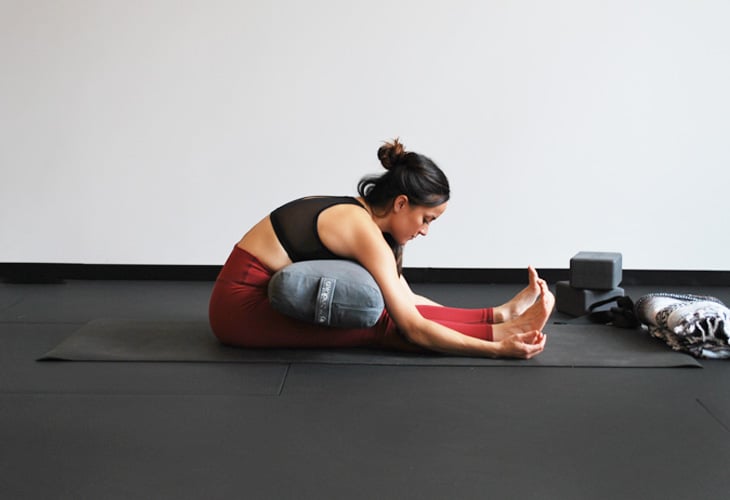

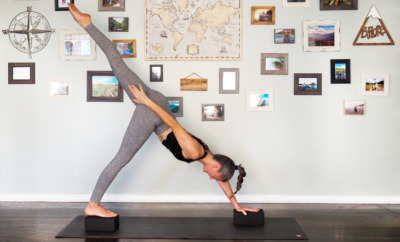

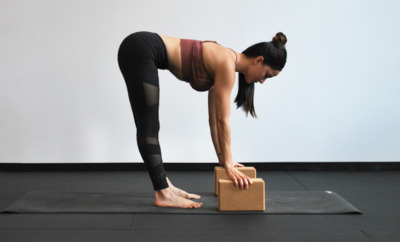
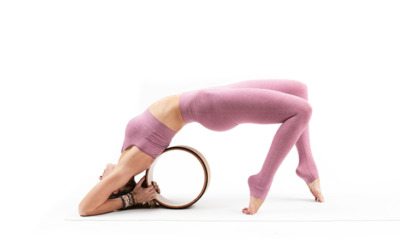
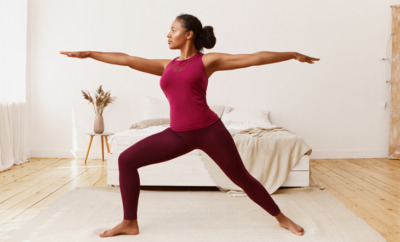
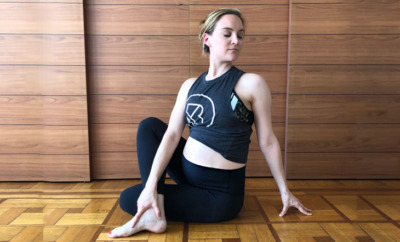



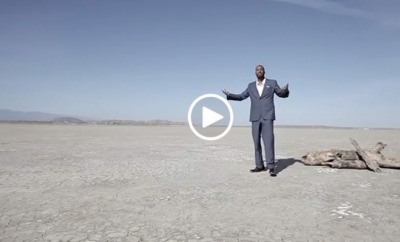





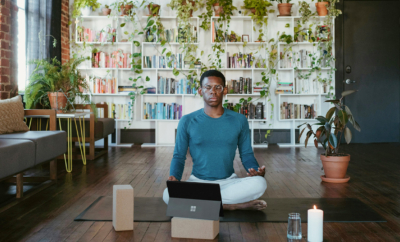





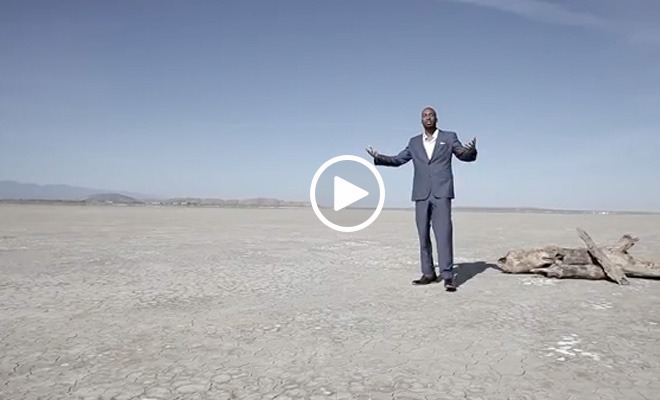
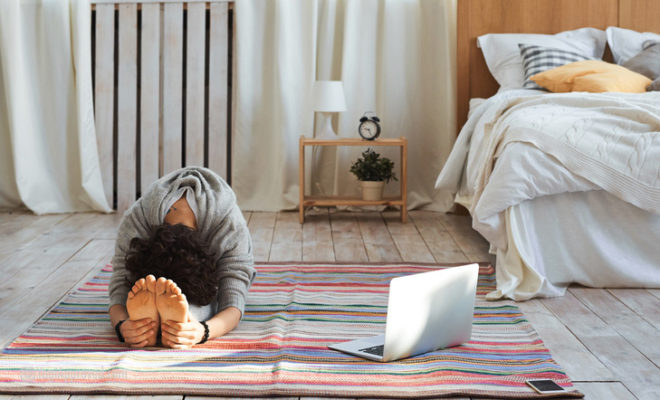




Comments